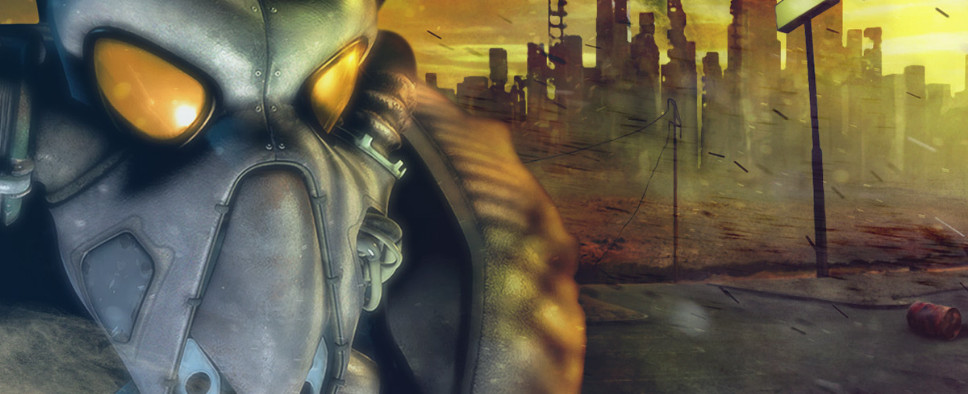20 Years of Fallout
-
Category: News ArchiveHits: 3668

On the eve of Fallout 4's launch, Gamasutra is offering up a two-page "20 Years of Fallout: Lessons Learned Shipping Games in the Wasteland" feature that provides a quick history lesson regarding the Fallout franchise while also sporting recent and former commentary from some of its key contributors, including Tim Cain, Feargus Urquhart, Chris Avellone, Josh Sawyer, Todd Howard, and Brian Fargo. An excerpt or two:
"The biggest challenge of Fallout 2 was that we had set its launch date based upon having started it in the middle of 1997. That meant we would have about 18 months to make the game in order to get it out for Christmas of 1998," says Urquhart. "I pushed everyone incredibly hard to get the game done. It was pretty early in my career, so I'll admit that we (mostly me) pushed too hard to get Fallout 2 done that year...we ended up making most of the game in about 8 months."
The team hit their ship date, an achievement Urquhart feels is weighed down by how buggy the game was at launch -- a recurring issue in the Fallout franchise.
"One of the biggest, and most visual bugs, was the car trunk bug," says Urquhart, relating a Pratchett-esque tale of a trunk run amok. "We came up with idea about midway through development for the player to have this car that they could store stuff in. We could easily store stuff in containers on a map, but we didn't have a system that would have that same container available on another map. To make the inventory of the container, the car's trunk, persistent across maps, we decided to make it a companion."
...
"Game development has changed quite a bit in some ways," reflects Josh Sawyer, who worked at Interplay in the '90s and later served as game director at Obsidian on Fallout: New Vegas. "Team sizes and budgets were relatively small back in the late 90s/early 2000s. We made Icewind Dale with a team of about 20 developers. We didn't even have any leads! For comparison, the Fallout: New Vegas team was three to four times that size over the course of the project."
Sawyer says he prefers to work in smaller teams, and the scope of a modern Fallout game is outside his comfort zone as a developer. He also prefers to work with a diverse team, which is far more common now than it was when Fallout got its start.
"When I started at Interplay in 1999, there were zero women in development," says Sawyer. "The number of female game developers has gradually gone up from year to year. Fallout: New Vegas had about half a dozen women on the project, which isn't really that much, but it was the most I had ever worked with. The game industry doesn't have a history of being particularly welcoming to women, so I'm glad that is changing, even if it's not happening at a rapid pace."

